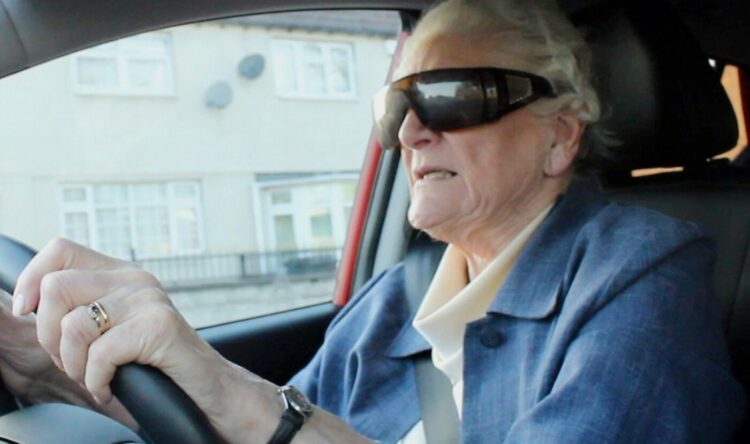Graduated Licensing can work
New report attempts to answers UK critics
A new study believes it confirms the benefits of Graduated Driver Licensing (GDL).
A report by TRL or the RAC Foundation concludes that GDL can improve road safety whilst having minimal impact on new drivers’ access to education, employment and social activities.
Is it practical?
By its very nature, GDL imposes some limited restrictions on new drivers. It restricts certain areas of autonomy behind the wheel for a set period of time to reduce crash risk while novice drivers gain experience.
Most commonly, the limitations target known risk situations such as driving in the dark and carrying peer-age passengers.
Stats speak for themselves
Currently, young drivers are disproportionately likely to be involved in a crash. Pre-Covid data shows that almost a quarter (24%) of those killed or seriously injured on Britain’s roads were in a collision involving a young driver (aged 17-24 years old). This statistics belies the fact that this age group makes up only about 7% of the total driving population.
But international evidence from countries where various forms of GDL is deployed shows that GDL works to reduce risk. In one form or another, it can reduce collisions and trauma from collisions involving young drivers by 20-40%.
Despite this, some policy makers – including members of parliament sitting on the UK Transport Select Committee – continue to have areas of concerns about GDL including:
- Whether it reduces access to employment and education
- Its impact on those in rural areas
- The difficulty of enforcement
- Whether there are better alternatives such as telematics insurance which uses black box technology to monitor driving style and behaviour
Less restrictive
The report by TRL – Supporting New Drivers in Great Britain – for the RAC Foundation and the Rees Jeffreys Road Fund shows these worries, and a number of others, are broadly unfounded.
Reviews of the literature, as well as interviews with young people in Great Britain and interviews with international experts make up the report.
Its authors (Dr Shaun Helman, Dr Neale Kinnear, Jack Hitchings and Dr Sarah Jones) conclude that:
“…serious adverse impacts are not seen or expected in any of the areas considered. This is because all stakeholders (new drivers, and their friends and families; employers; and service providers) were found to adapt to restrictions, with evidence showing that exemptions and changes in travel patterns help people to maintain the most important elements of their mobility, while still benefitting from well-evidenced improvements in safety.”

A range of options
Steve Gooding, director of the RAC Foundation, says: “Rather than limiting young people’s life chances, GDL is all about ensuring they can seize them safely.”
He adds that the minor limitations actually enables new drivers “to access a world of opportunity in the safest possible way for themselves and other road users”.
He believes that too many critics see it as an all or nothing approach. However, this is the wrong way to look at it. Instead, they should con sider it “a menu where even minimal constraints can cut death and injury whilst still being applied proportionately”.
A proven solution
One of the chief authors of the report, Dr Shaun Helman, chief scientist at TRL, says: “We often hear ministers say that Great Britain has been a leader in road safety, but this is one area in which we have lagged behind other countries over the last three decades. GDL is a simple, evidence-based approach to licensing that we know reduces risk, and that this work confirms does not lead to serious reductions in mobility for young people, or problems with enforcement.
“It is the only tried and tested option for young and novice drivers that we could implement easily, right now, if we chose to. It would spare thousands of people every year from preventable death and life-changing injury, and thousands more from the grief of losing loved ones to road trauma. That we are still having this debate after a decade of research showing specifically how GDL could work in our country, is terribly sad. If we are leaders in road safety, we can do better.”
Joint author Dr Neale Kinnear, lead behavioural scientist at Humn, adds that young drivers are already being restricted. This is a direct result of the risk they pose through inexperience and “reflected in young drivers’ insurance premiums, which acts as a barrier to driving but also to employment.
“Many companies will only hire drivers over 24 years old as a result. Contrary to the concerns raised by the Transport Select Committee and DfT, putting in place measures to manage young driver risk has many advantages for young people and the economy, not least the saving of lives and the unnecessary and preventable trauma it causes.”
You can read the new report here.






